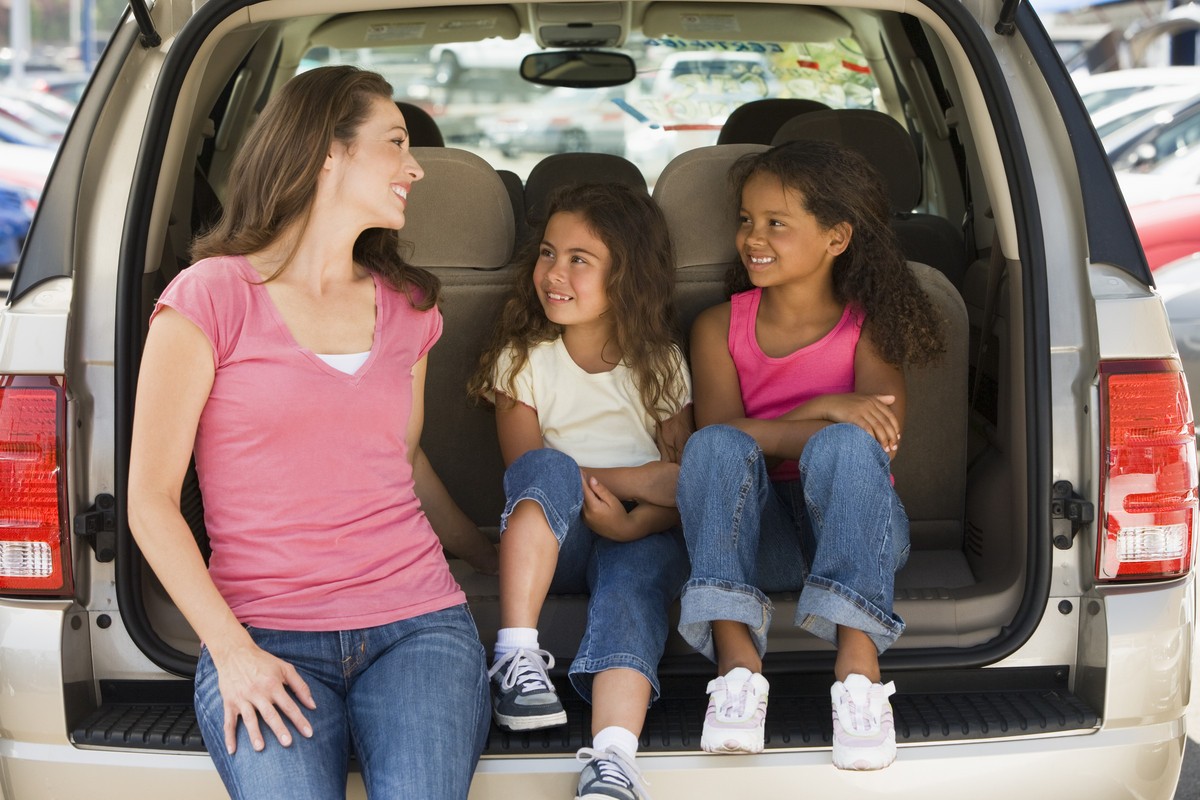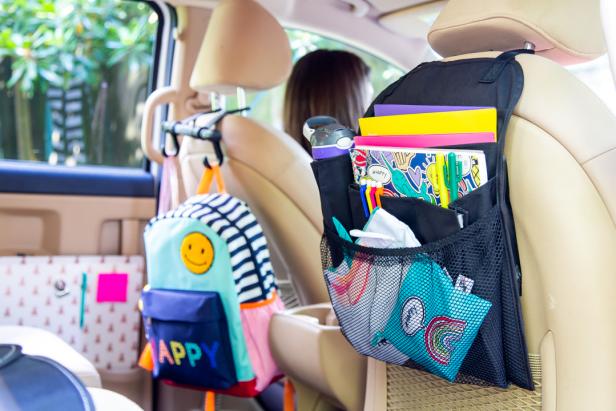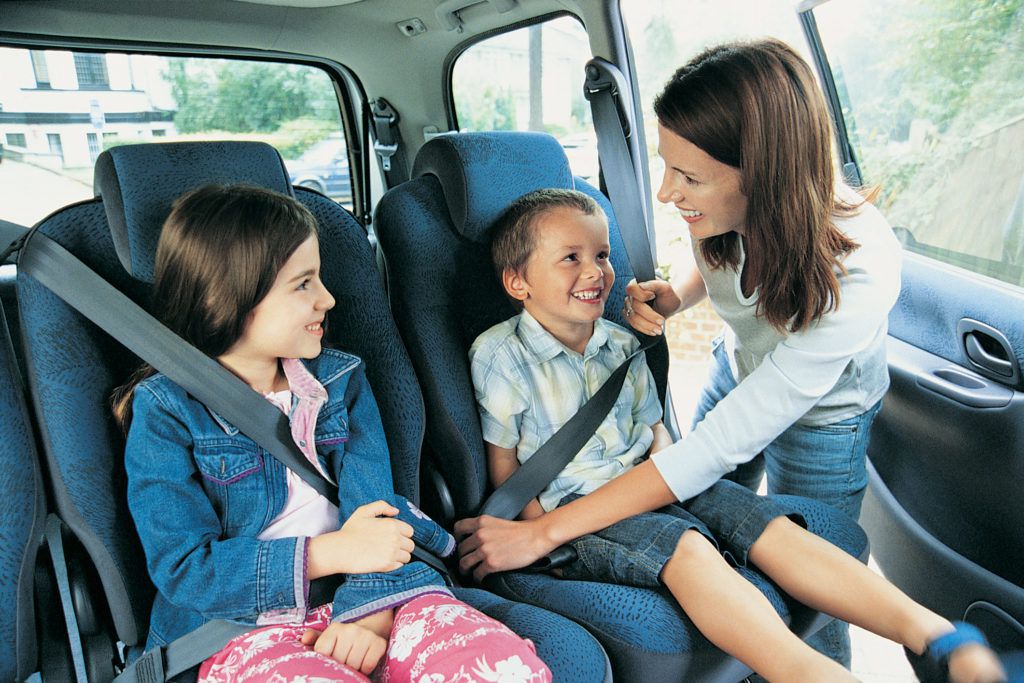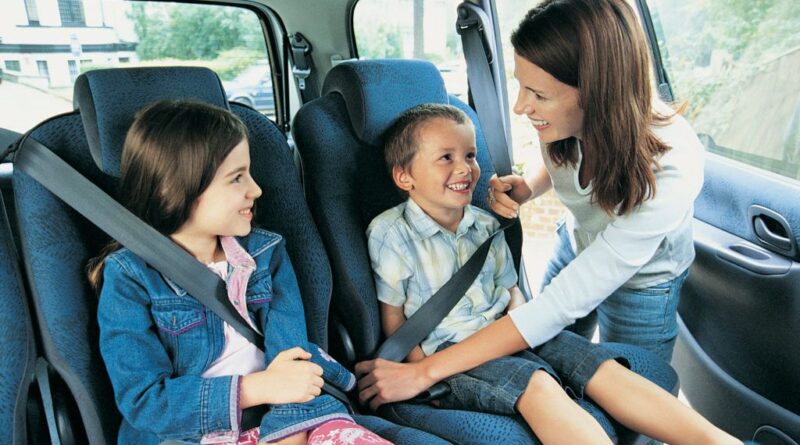Carpooling with kids is a modern-day solution that offers parents a convenient and eco-friendly way to navigate the challenges of family transportation. In today’s fast-paced world, dropping off and picking up kids from school, activities, and playdates can be both time-consuming and environmentally taxing. Carpooling presents an enticing alternative, reducing the number of individual car trips and thus decreasing the carbon footprint. This contributes to a greener planet and helps parents save time and energy. The convenience factor is especially crucial for families with multiple children involved in various activities, as it streamlines daily schedules and creates opportunities for bonding within the carpool community.
The Rise of Carpooling in Family Transportation

source: pinterest.com
The rise of carpooling in family transportation is not a coincidence but a deliberate choice by parents who value economic savings and the environment. With the increasing awareness of climate change and the importance of reducing greenhouse gas emissions, carpooling has gained popularity for its role in mitigating these effects. Parents have recognized the financial benefits as well; sharing the costs of fuel, maintenance, and parking, among other expenses, significantly eases the financial strain of daily commuting. Furthermore, carpooling creates a sense of community and fosters a supportive network among parents, which can be invaluable in our fast-paced lives.
Carpooling Basics: Tips for a Smooth Ride
Carpooling success goes beyond the practicality of sharing rides; it hinges on adhering to fundamental principles that benefit all passengers involved, particularly when children are concerned. Punctuality is a cornerstone of smooth carpooling. When parents agree to a specific pickup or drop-off time, they entrust each other with their children’s safety and well-being. Timeliness demonstrates respect and ensures that no child is left waiting unnecessarily. Effective communication plays an equally pivotal role. Coordinating schedules, discussing potential changes or delays, and addressing individual concerns are vital components of a successful carpooling arrangement. In doing so, parents can ensure everyone is on the same page, reducing the risk of confusion and misunderstandings.

source: pinterest.com
Shared responsibilities, such as taking turns driving, equally contribute to the harmony of the carpool community. When parents share the responsibility of chauffeuring children to and from various activities, it not only lightens the load but also instills a sense of fairness and cooperation. Every carpool group member understands their role, and together, they form a well-oiled machine that ensures the smooth operation of the carpooling arrangement. Moreover, shared responsibilities create an opportunity for parents to forge meaningful connections as they work together for the common good of their children and the environment.
Understanding Car Seat Laws
Ensuring child safety during carpooling is a responsibility that parents and carpool organizers must take seriously. Understanding and complying with car seat laws and regulations is critical to this commitment. Car seat laws are in place to protect children during car journeys and mitigate the risk of injury in the event of an accident. These laws specify the type of car seat, its installation, and usage requirements based on the age and size of the child. Being well-informed about these regulations ensures the child’s safety and prevents parents and carpool organizers from inadvertently violating the law.
Age-Appropriate Car Seats

source: pinrerest.com
When selecting the right car seat for a child during carpooling, it is essential to consider their age, size, and developmental stage. The American Academy of Pediatrics (AAP) provides specific recommendations to guide parents and caregivers in making the correct choice. For infants and toddlers, rear-facing car seats are advised, as they provide optimal protection for a child’s delicate head, neck, and spine in the event of a collision. Transitioning to forward-facing car seats is the next step when the child reaches the weight or height limit for rear-facing seats, typically around the age of two. Booster seats are recommended when the child has outgrown forward-facing seats but are still too small to fit safely in the vehicle’s seat belt. Understanding and adhering to these age-appropriate recommendations is paramount in safeguarding the child’s well-being during carpooling journeys.
The Safety Imperative
Safety is the foundation of carpooling, mainly when children are involved. Car seats play a pivotal role in ensuring child safety during car journeys. They are designed to secure the child in place and reduce the risk of injury in the event of an accident. It is essential to recognize that car seat laws are not just a formality; they are crafted to save lives and prevent injuries. Understanding the safety imperative means realizing that compliance with these laws is not optional but obligatory for any responsible parent or carpool organizer.
Ensuring Child Safety
Ensuring child safety involves meticulous attention to detail when securing children in car seats for carpooling journeys. Correct installation is a fundamental step that parents and carpool organizers must master. This entails understanding the vehicle’s LATCH (Lower Anchors and Tethers for Children) system or using the seat belt to attach the car seat securely. Adjustments to the car seat, such as harness height and tightness, are also crucial for a snug and secure fit. Parents and carpool organizers should be well-versed in these aspects to guarantee optimal safety for their children when transporting them.
The Role of Parents and Carpool Organizers

source: pinterest.com
Ensuring child safety during carpooling is a shared endeavor between parents and carpool organizers. Clear communication and shared knowledge about car seat safety are paramount in establishing trust and ensuring compliance with car seat laws. All parties involved in the carpool should be well-informed about the installation, adjustments, and usage of car seats. Parents and organizers should openly discuss expectations, concerns, and responsibilities to create a collaborative environment that prioritizes the safety of the children.
Technology and Car Seat Safety
In the age of technology, parents and carpool organizers have access to valuable tools and resources that aid them in complying with car seat laws and ensuring child safety. Technological advances have introduced innovative apps and devices that provide insights into proper car seat installation, harnessing, and maintenance. These technologies enable parents and organizers to monitor car seat safety more effectively, allowing for quicker adjustments and greater peace of mind. Staying updated on these technological advancements is critical to enhancing child safety during carpooling.
As we conclude this article, it is vital to recognize that the essence of carpooling with kids is in balancing convenience and safety. The modern world places significant demands on parents, making the convenience of carpooling an enticing choice. However, it is equally essential to understand that the safety of children during carpooling is a responsibility that must not be compromised. By adhering to car seat laws, selecting age-appropriate car seats, and maintaining a strict focus on child safety, parents and carpool organizers can ensure that every journey is convenient and, most importantly, secure for the youngest members of our families. Carpooling with kids is not just a trend; it’s a responsible choice that fosters sustainability and protects our most precious cargo – our children.





